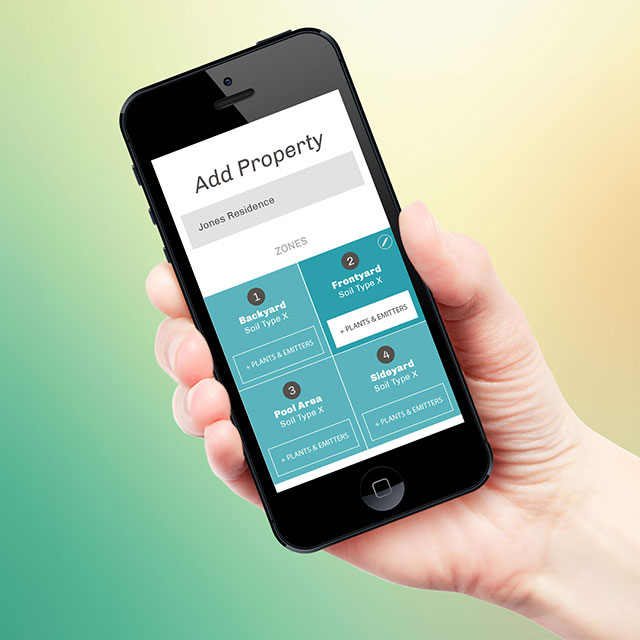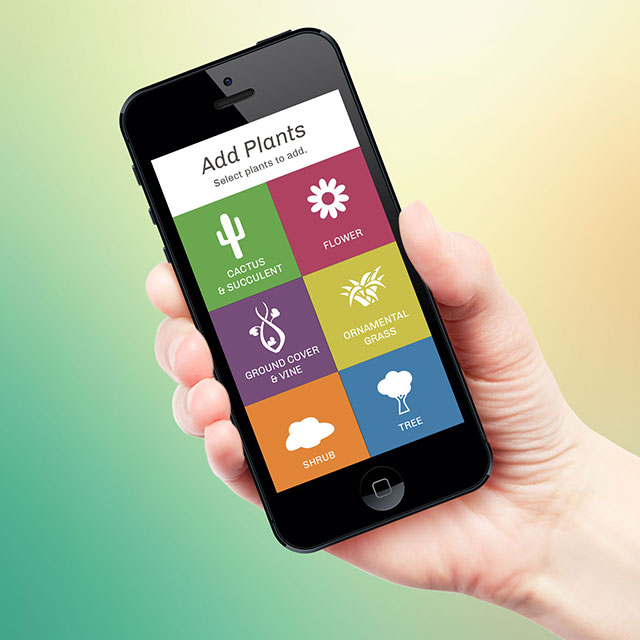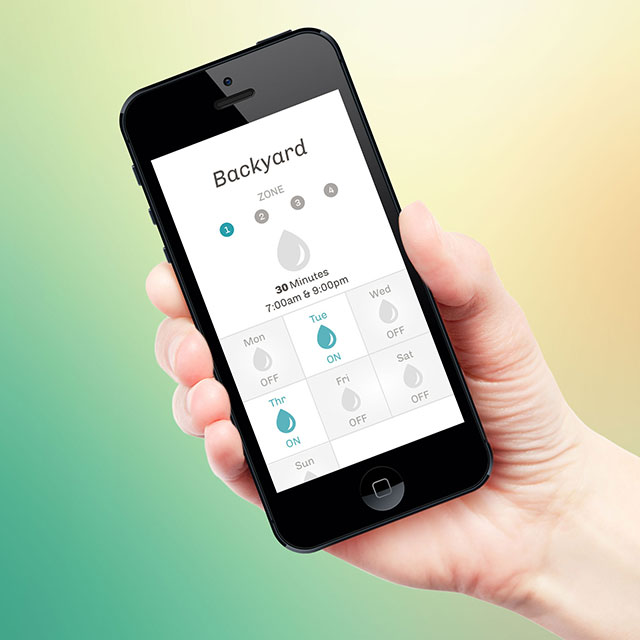How To Use


Name your site and add your zones. A zone or station is an area that is under the control of a single valve. Examples may be areas like the ‘trees-front yard’ or ‘shrubs-backyard’.
Determine the predominant soil texture. The program calculates the volume of soil and water available to each plant based on the soil type and plant category. It takes into account the area wetted by an emitter and the rooting depth of different plants.


Each zone contains various plants. For ease of use, you only need to determine the type of plant you have: tree, shrub, cacti/succulent, ornamental grass, flower, or groundcover/vine. (Note if trees and shrubs are desert adapted). When adding your plants to each zone, record both the number of emitters and the flow rate associated with each plant.


The end result is a schedule that provides a deep, infrequent watering schedule that refills the entire root zone, promoting deep rooting. Since the schedules are based on long-term average daily weather conditions, extremely hot, colder or more rainy weather than normal may require intervention. Additional runtimes may be needed if salinity in the irrigation water or soil is high and leaching is required.
Schedules will have a fixed runtime throughout the year. Only the intervals or days between irrigation events will change based on long-term historical evapotranspiration (ET). All weather stations throughout Arizona and select urban weather stations in California can be used for scheduling purposes.